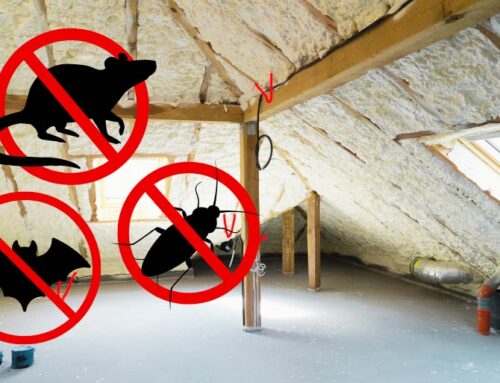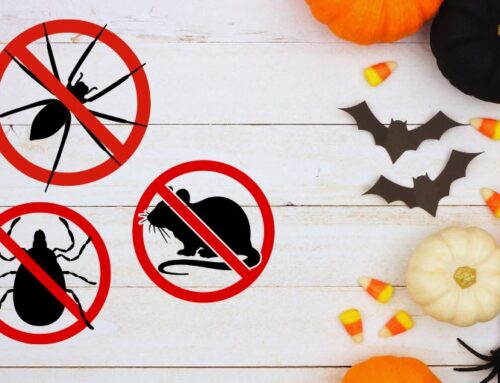With the back-to-school season on the horizon, parents have more than just supplies and schedules to worry about. This period also sees a spike in pests such as bed bugs and ants that can easily be brought home by children.
To ensure your home in Waterloo, IA, and the surrounding areas remains secure and free from pests, we’ve compiled crucial back to school pest prevention advice to help you address these intruders effectively.
Recognizing Common Pests in Schools
Before diving into our back-to-school pest prevention strategies, it’s important to recognize the most prevalent pests you might face in Waterloo, IA, and why schools provide ideal conditions for them.
Which Pests Are Common in Schools and Daycare Centers?
Schools and daycare centers can quickly become hotspots for pests because of the heavy foot traffic, availability of food, and many nooks and crannies for hiding. Identifying the pests that are common in these environments is essential for effective pest control for schools and daycare centers.
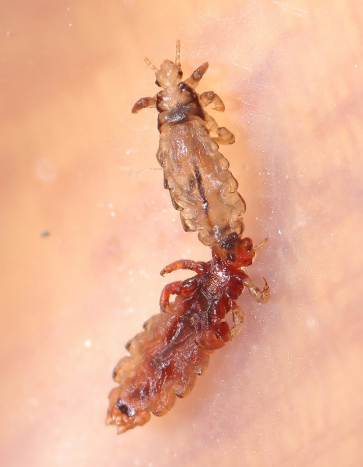
HEAD LICE
Although not a typical pest, head lice are a prevalent issue in schools. These tiny, parasitic insects live on the scalp, feeding on human blood. They spread easily through direct contact or by sharing personal items such as hats and hairbrushes.
While head lice don’t transmit diseases, they can cause itching and irritation, leading to discomfort and distractions for affected children.
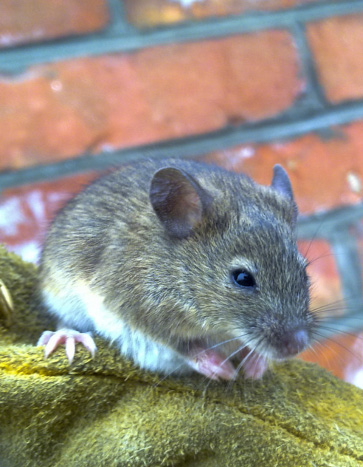
RODENTS
Schools are appealing to mice and rats because they provide plenty of food, water, and shelter. These rodents can do considerable damage by chewing through wires, books, and structural materials.
Additionally, they are carriers of diseases and can contaminate food and surfaces with their droppings, creating serious health hazards.
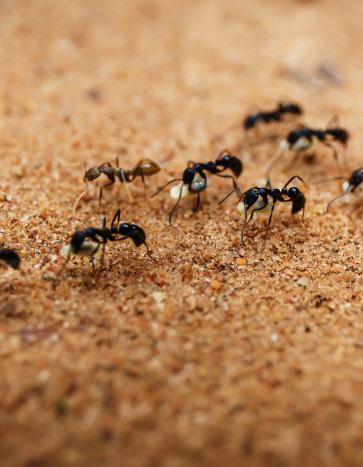
ANTS
Ants are frequent visitors in schools, drawn by the availability of food. They can invade classrooms, cafeterias, and playgrounds, leaving trails as they forage for food.
Most ants are harmless, but some species can bite or sting, causing discomfort to children. Their presence may also indicate broader hygiene problems within the school.
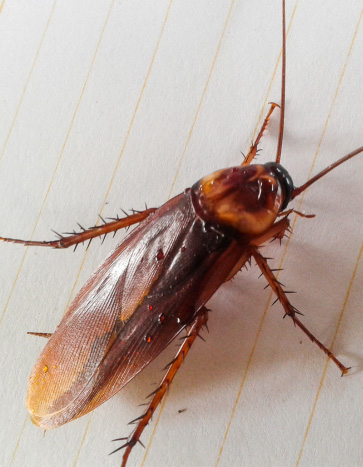
COCKROACHES
Cockroaches are drawn to schools, especially kitchens and cafeterias, due to the plentiful food and water. These pests can spread bacteria on food and surfaces, creating health risks for students and staff.
Their knack for hiding in tight, hard-to-reach places makes them particularly tough to get rid of.
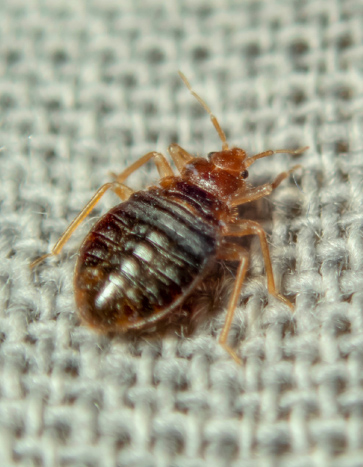
BED BUGS
Bed bugs are notorious for latching onto students’ belongings like backpacks and clothing. These pests can swiftly transfer from one student to another, resulting in infestations in both classrooms and homes.
These small, reddish-brown insects survive on human blood, causing itchy bites and significant discomfort.
Understanding these pests is crucial. Now, let’s examine why schools are particularly susceptible environments for these unwanted guests.
Why Schools are a Unique Pest Environment
Schools are particularly susceptible to pest infestations due to several distinctive factors.
Recognizing these unique characteristics of school environments helps in creating more effective pest prevention and control strategies tailored specifically for these settings.
Vital Pest Control Tips for Parents
Having understood the common pests in schools and why these places are prone to infestations, let’s look at practical tips parents can use to keep pests away and maintain a healthy home. Implementing these back to school pest control strategies can make a significant difference.
Keep Backpacks Clean and Well-Stored
Change and Inspect Bedding Regularly for Bed Bugs
Wash School Clothes Immediately After Returning Home
Avoid Buying or Picking Up Used Furniture
Stay Vigilant for Pests at Home
By following these pest control tips, you can maintain a pest-free home and protect your family. It’s equally important to focus on pest prevention in schools and daycares, where children spend much of their time. Next, we’ll discuss strategies to prevent infestations in these environments.
Steps to Prevent Pest Infestation in Schools and Daycares
Ensuring a pest-free environment in schools and daycares is essential for children’s well-being. Effective pest control in these settings requires cooperation between parents and school officials. Here are practical steps parents can take to support this effort.
Adopting Integrated Pest Management (IPM)
Integrated Pest Management (IPM) utilizes a variety of strategies to control pests effectively. Parents can aid in IPM by:
Collaborating with School Authorities
Effective pest control demands cooperation between parents and school authorities. Parents can:
Educating Children on Pest Prevention
Instructing children about pest prevention can significantly lower the chances of infestations. Parents can:
By following these proactive measures, parents can greatly contribute to keeping schools and daycares pest-free, ensuring the health and safety of all children.
However, professional help may be required to address persistent or severe pest issues. Let’s explore how Bobcat Pest Control can offer expert solutions to ensure your child’s environment remains completely pest-free.
Professional Help from Bobcat Wildlife & Pest Control
Ensuring your home and school environments are completely pest-free often requires professional intervention. Bobcat Pest Control offers thorough services to address all types of pest issues quickly and effectively.
Why Choose Bobcat Pest Control?
Services Provided by Bobcat Pest Control
Bobcat Pest Control offers a range of services to handle various pest problems:
Contact Bobcat Pest Control Today for a Pest-Free Home
Prevent pests from taking over your residence or your child’s educational facility in Waterloo, IA, and the surrounding areas. Schedule a service with us today. Our experts are equipped to offer swift, efficient, and trustworthy pest control solutions tailored to your specific requirements. Visit our website or call us to secure a safe, pest-free space for your family and community.

About the Author
Blake Marshall, Owner/Operator of Bobcat Wildlife and Pest Control, Waterloo. A skilled tradesman turned pest expert, Blake launched the franchise in 2020. With a motto of excellence, he ensures superior pest solutions in Waterloo and beyond. His dedication and diverse experience make Bobcat a trusted choice for wildlife and pest management.

